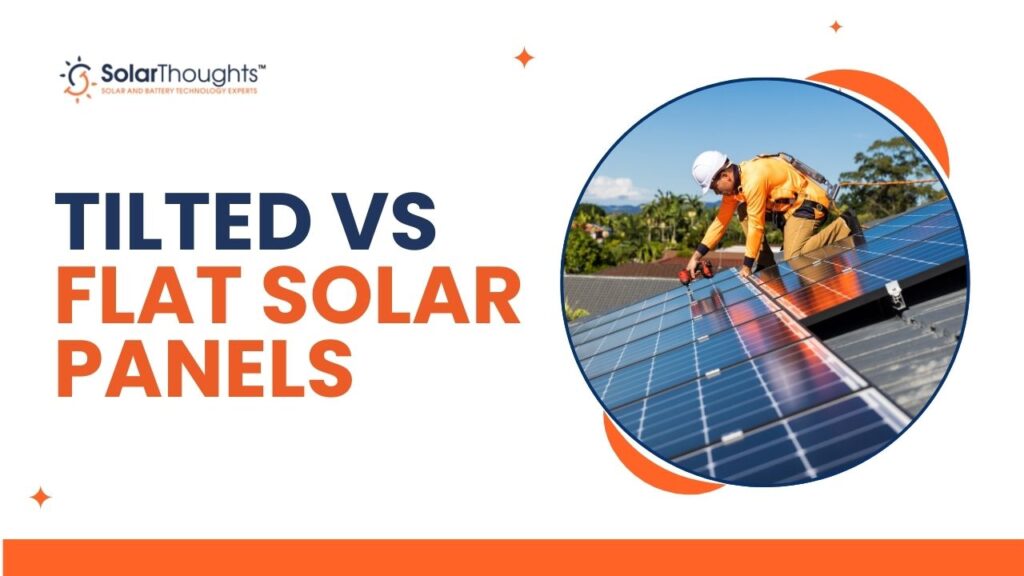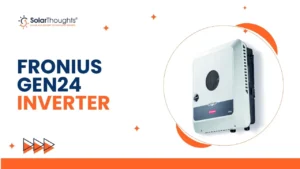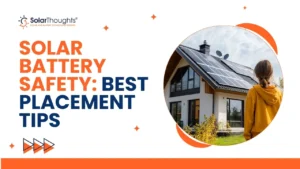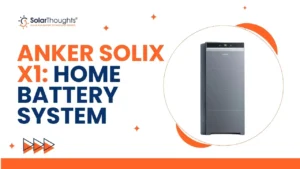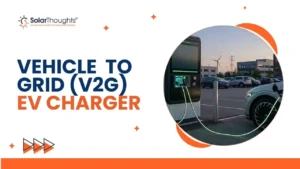Perhaps you can lower your electricity bills and also help to protect the Earth. Solar power makes this wish come true, but are you aware that the kind of solar panel system setup could greatly influence its efficiency and its potential cost savings?
Table of Contents
ToggleTwo primary kinds of solar panels are there – one is titled, and the other is flat. Each variety possesses specific benefits, and what you select will hinge on elements such as where you live, how much money you want to spend, the type of roof, and energy objectives.
In this guidebook, we are going to discuss about two most popular kind solar panels. We will explain what they are and how they function for the better understanding for you. Also inform you on which one good choice maybe for your house. If living in places like Brisbane, Gold Coast or other nearby areas, then here show you how to properly install these solar systems that satisfy your requirements.
How Does the Angle of Installation and Direction Impact Solar Panel Efficiency?
Solar panels need sunlight to make electricity. But, how much energy your system can make is mostly based on how well your panels are absorbing this sunlight. The way and angle of your solar panels have very important roles in figuring out the amount of energy they can produce.
Tilted Solar Panels: The panels which are tilted, they put up at an angle. This way it allows them to take more sunlight for the duration of a full day. When the sun moves from one side to the other in the sky, these angled panels can follow its path better and this makes sure they get more energy absorbed.
Flat Solar Panels: When you install these panels flatly, they cannot adjust to catch sunlight all day as tilted ones can. This might result in reduced energy output, particularly when the position of the sun changes at specific times during the year.
For houses and companies in the southern half of the world, such as Brisbane and Gold Coast, it is vital to position solar panels towards the north. This allows them to get the highest amount of sunlight during the daytime. Depending on geographical location, the tilt angle must be modified to enhance energy production.
Flat Solar Panels: The Basics
Solar panels which are flat get directly affixed on your roof. You don’t need structures with an angle for support. Homes or buildings having roofs that are flat, or those who want a more uncomplicated process of installation, find these panels to be perfect.
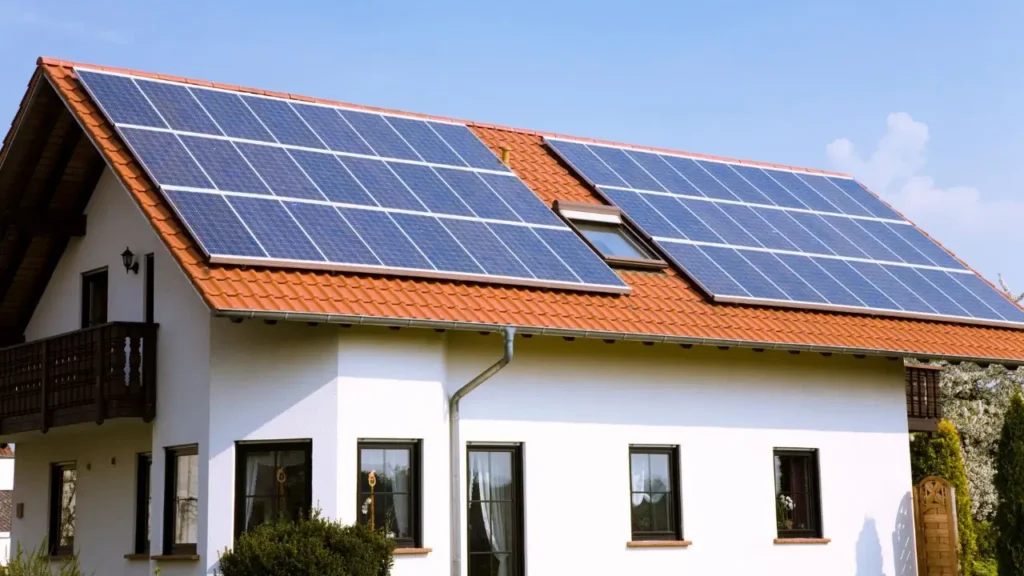
Advantages of Flat Solar Panels
Easy Installation: One of the biggest benefits of flat solar panels is they can mix perfectly with your roof. Their simple installation process means that they can be installed quickly, reducing labor costs.
Affordable: Solar panels that are flat typically cost less to install than those with a tilt, due to needing fewer materials and less labor. This makes them appealing to homeowners or businesses who are mindful of their budgets and want to lower initial expenses.
Low Maintenance: Flat solar panels do not collect much dirt, leaves and debris as they have no angles where these particles can get trapped. This makes the cleaning and upkeep of them more straightforward, saving you time and energy.
Flexible Installation: You can set up flat panels in various areas, such as roofs, the ground, and even walls. This allows you to use your property space effectively, whether you have a large roof or a limited roof area.
Are Flat Solar Panels Right for You?
Solar panels that are flat are most beneficial for individuals with flat rooftops or limited funds. If you value looks and simple setup, then these kind of panels could be the right selection for you. However, they may produce a bit less energy in comparison to angled ones, particularly in winter when the sun’s position is low.
Tilted Solar Panels: Maximizing Efficiency
Solar panels that are slanted at an angle can follow the path of the sun better, which helps to boost their energy production. These types of panels prove especially beneficial in places where there is less sunshine exposure during certain times throughout the day.
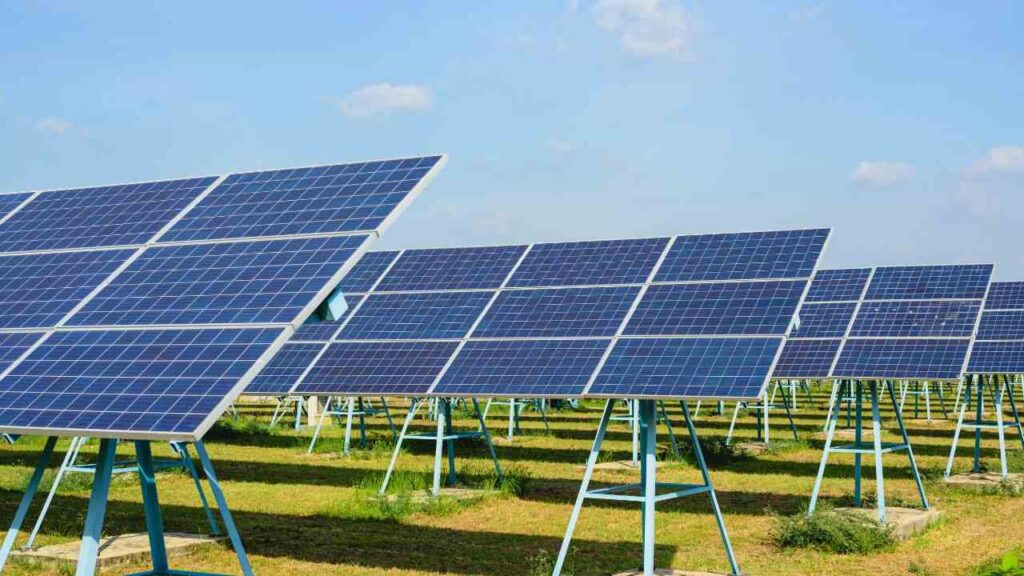
Advantages of Tilted Solar Panels
- More Power Generation: The biggest benefit of sloping solar panels is that they can generate more power than flat panels. By changing the slanting angle, it’s possible to get maximum energy generation, particularly during winter when the sun appears lower in the sky.
- Adaptability: You can adjust the tilted panels. This means you are able to change their angle according to your roof direction as per seasons. The advantage of this is that even when the season changes, your solar panels will still be capturing maximum sunlight.
- Superior Automatic Cleaning: The slanted panels assist in removing dirt, dust, and debris due to their angled nature. Particularly after the rainstorm, these particles are more prone to slide off easily. Consequently, it reduces the necessity for regular cleaning and maintenance work.
- Seasonal Changes: Certain systems provide the option to change your panel’s angle by yourself or they do it automatically. This adaptability helps you keep top energy efficiency all year, making sure that during both hot and summer seasons as well as cold winter times your solar system works best.
Are tilted solar panels Right for you?
If your roof does not face the best direction for catching the sun, or if you aim to get as much energy from your system as possible, solar panels placed at an angle are a perfect choice. They might cost more when installed, but in time they can give better returns due to their ability to produce more energy.
Key Considerations for Choosing Between Flat and Tilted Solar Panels
1. Location & Sun Exposure
Where your home or business is situated importantly affects the choice between flat and angled solar panels. For example, if you’re located in Brisbane or Gold Coast, solar panels should ideally be tilted at an angle of 30°-35° to ensure maximum sun exposure. This angle boosts energy production of your solar setup.
2. Budget
Solar panels that are flat usually cost less as they need fewer materials and work to install. However, tilted panels could be more expensive because there is a requirement for things like mounting racks, mechanisms for adjustment, and installation which needs much labor.
3. Available Space
If your roof is small or space is not much, flat solar panels may be the most suitable because they do not use much vertical space. However, if you have a big roof and wish to get more energy production, angled panels can utilize the existing area better for producing energy in a more efficient manner.
4. Roof Type
Your roof’s design will affect your solar panel selection. If you own a slanted roof, or one that does not directly face the sun, angled solar panels might be preferable. On the other hand, flat roofs or those naturally inclined towards sunlight are generally more suitable for flat solar panels.
Which Solar Panel Configuration is Right for You?
In conclusion, each of flat and tilted solar panels possess distinct benefits. The decision to choose between them depends upon multiple things such as:
If you desire a cost-effective, straightforward installation and have a flat roof or a small amount of roof area, flat solar panels are an excellent selection.
Solar Panels that are angled is the superior option if you desire for maximum production of energy, possess a big roof and hope to have the ability to alter their angle according to seasons.
Need Professional Solar Panel Installation?
At SolarThoughts®, we are experts in installing solar panels professionally in Brisbane, Gold Coast, and nearby locations. We make sure your panels are placed for the highest energy efficiency.
You must contact SolarThoughts® for a complimentary discussion. We are ready to help you make the best choice for your home or business today.

